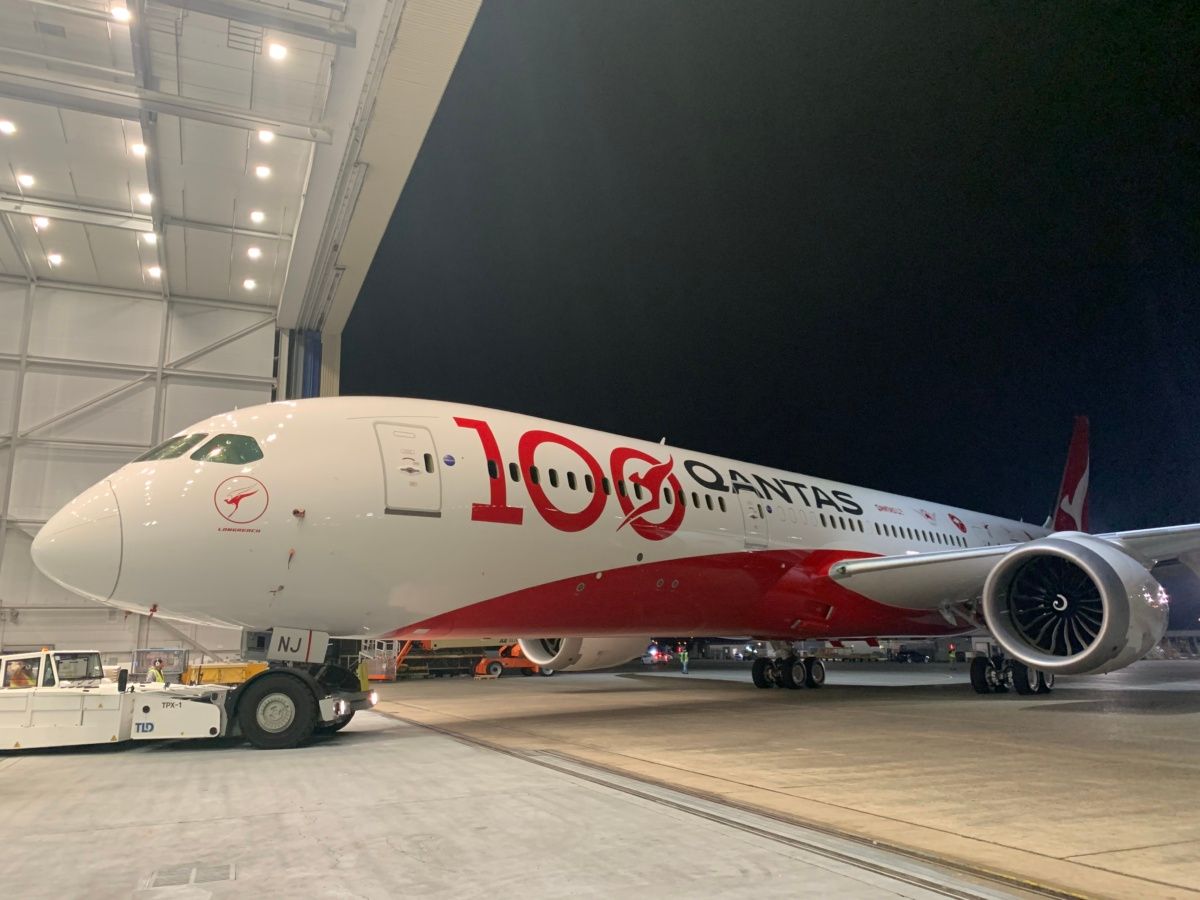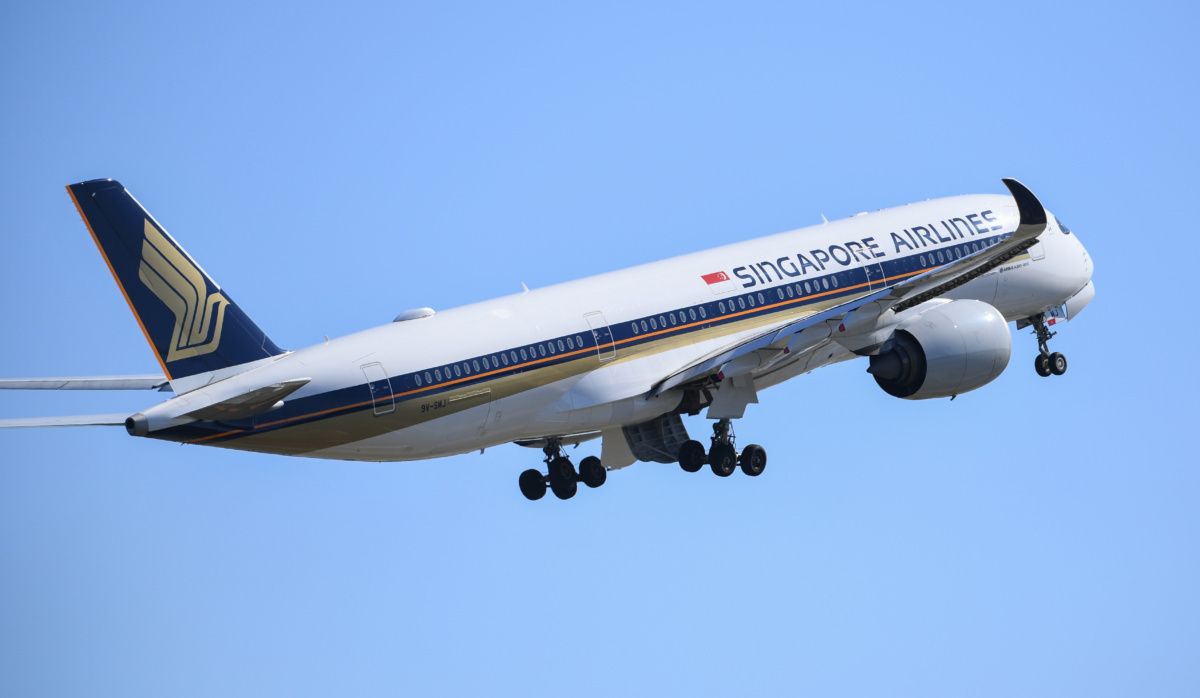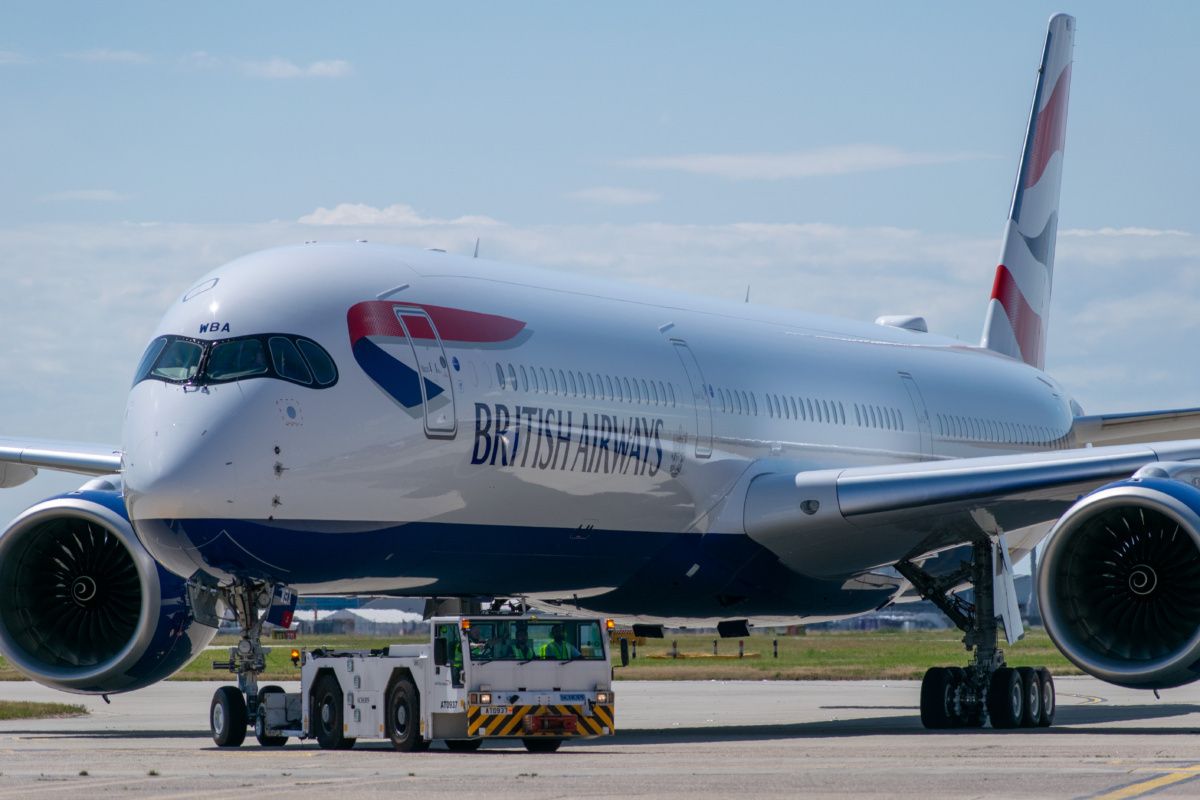Ultra-long-haul (ULH) carriers could emerge after COVID-19, said three researchers in a study made for the Journal of Air Transport Management. According to the authors, point-to-point ULH services “will not only require minimal adjustments to cope with COVID-19, but will simultaneously produce higher seat load factors and yields.” Let’s investigate further.
Why is this the best moment for ULHC to emerge?
Ultra-long-haul travel appeals to many people around the world. That’s why in 2019, Qantas launched its Project Sunrise. Nevertheless, the aviation industry has been concerned about the viability and profitability of this type of service. It was only recently that Airbus and Boeing developed airplanes suited for journeys of up to 15 hours or more. Ultra-long-haul refers to flights of 14.5 hours or more with a minimum greater circle distance of 12,842 kilometers.
Stay informed: Sign up for our daily aviation news digest.
For the authors, the current pandemic sets the stage for the development of ULH services that are point-to-point rather than the Hub and Spoke model. The authors wrote,
“The Point-to-Point side of the business model debate appears to have taken a stronger footing, such that it has not only become as economically and operationally viable as ever before, but that simultaneously, the economies of scale and economies of density dependence of the Hub and Spoke model find themselves in a position of unprecedented vulnerability.”
Why’s that? Because travelers in a COVID-19 world don’t want to stop in hubs, increasing their chances of getting sick. Instead, travelers would rather go from their city directly to their destinations. And aircrafts such as the Airbus A350ULR or the Boeing 787-9 allow airlines to do just that. Previously, airlines couldn’t because they had to fill jumbo planes such as the Airbus A380 and the Boeing 747.
The authors state that ultra-long-haul aviation will receive a push after COVID-19. It will become increasingly attractive to the industry and passengers.
It is not as easy as it sounds: what are the main concerns?
Nevertheless, launching ultra-long-haul routes is not as easy as it sounds. Qantas proved that during its Project Sunrise experiment by putting the most experienced pilots on board.
Airlines have to take into account the well-being of their travelers, as they could face sleepiness, dehydration, hunger, lack of movement, and queuing for toilets.
Still, “we feel that the potential health risks will be outweighed by the health and safety advantages of ULH services being able to connect two COVID-19 safe countries directly, thereby bypassing crowded and potentially infected international hubs,” said the authors.
Airlines should also consider politics, competition, customer perception of value, and dynamics between city pairs.
Historically, airlines have been reluctant to launch these operations due to uncertainty factors such as the fuel price. The world has also seen its share of long-haul airline operations that failed or are failing, such as Norwegian. Nevertheless, the authors think that full-service ultra-long-haul airlines can work.
What can airlines win?
Over the last two decades, the global household wealth has increased, and now the middle class accounts for 21% of the world’s wealth. The researchers see a niche of opportunity here. There is a heightened desire for premium travel with shorter total travel time and higher product quality.
Airlines can profit from the fact that passengers need shorter routes while paying a premium economy class. They can do it by targeting price-sensitive business travelers, comfort-seeking VFR, and leisure travelers.
Finally, airlines could increase its yields, which have been in an overall decline in the last seven years.
Which routes could we see blossom in the next years?
When thinking about ultra-long-haul air services, Australia and New Zealand come to mind. The researchers believe that cities such as Perth, Melbourne, and Sydney have the most potential for these services to North America and Europe.
In Europe, beyond Heathrow, the most frequented markets from Australia are Paris, Manchester, Frankfurt, and Rome.
Also, the authors think that we should take a good look at flights between the US and India. They wrote,
“By taking into account the worsening of the US-China relations, potentially accelerated by COVID-19, could contrastingly lead to a boost in US-India relations.”
Finally, the majority of currently underserved ultra-long-haul routes that could be viable are between Asia-Pacific and North America.
Are you excited about ultra-long-haul travel? Let us know in the comments.



